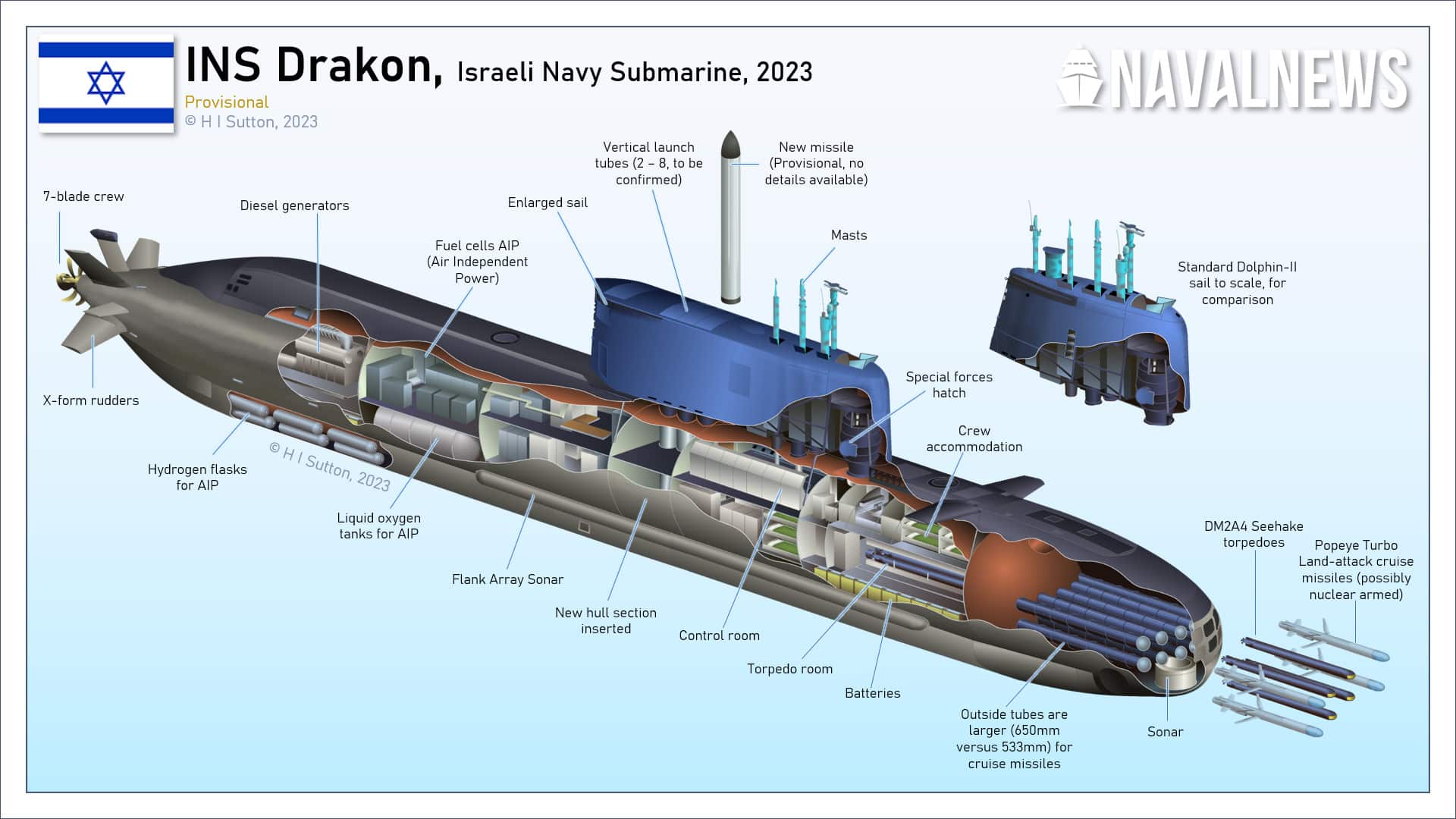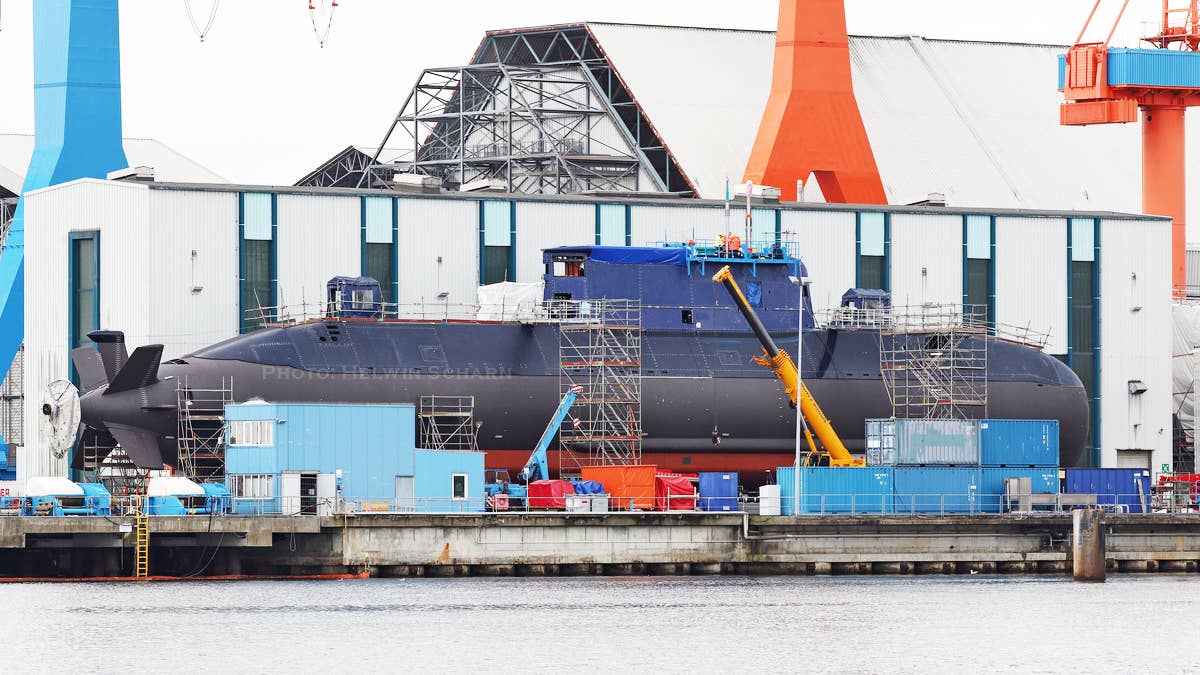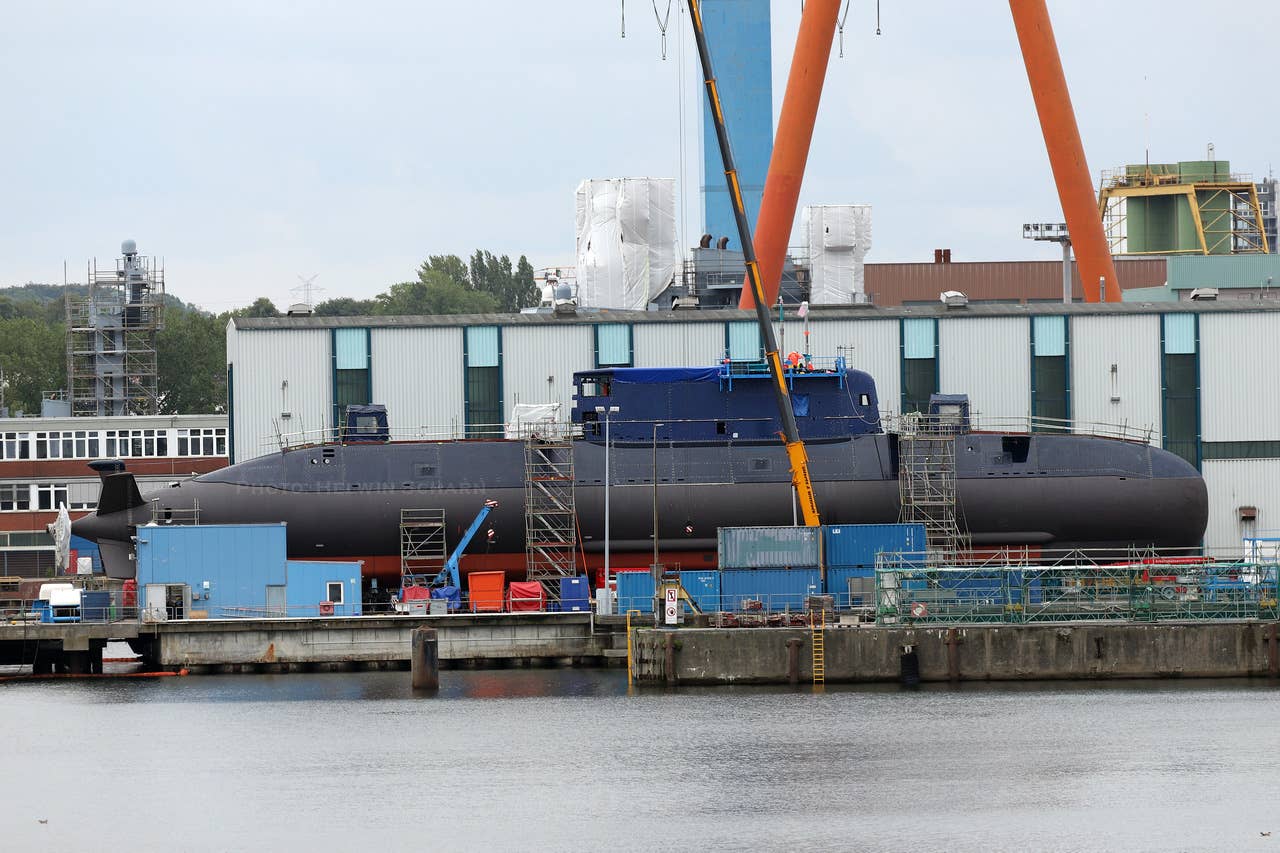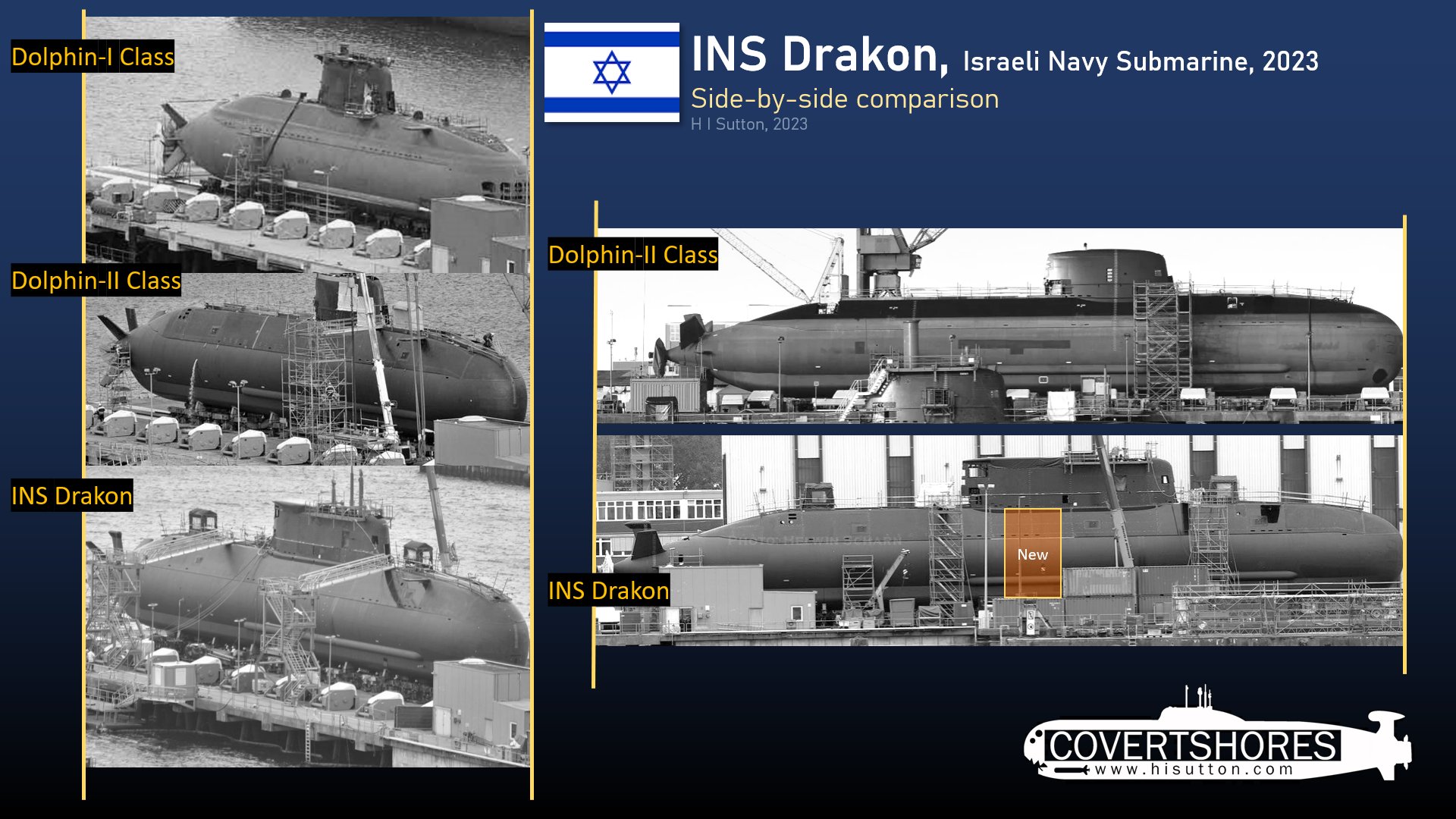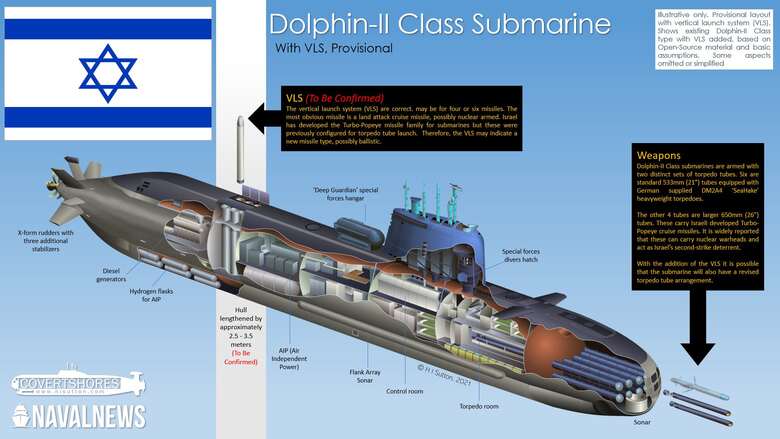So the endurance of the saar 6 is really good compared to the weapons, and sensors it has however do you think it lacks the Armor?
Yeah these are not major divergences/trade-offs like there once was in (esp large) warships.
The smaller corvette style ships benefit from their smaller size. Compactness adds more toughness overall (naturally) per tonnage in their realm compared to frigate and destroyer realm when there is no more intrinsic compactness (unless you are comparing them to even larger warships).
There are simply lower amounts and relative sizes of 2D planar surfaces as a ratio of the 3D volume being scaled so to speak (between say corvette to frigate).
When you get volumetrically bigger (and say keep overall average density the same), there is no way around increasing 2D planar surfaces at same time (think of a balloon inflating with air).
Hence you have to consider "armouring" much more intensely as a design driver compared to what you had it at the smaller volume.
In essence its why smaller species in say animal kingdom are pound for pound much tougher and stronger than say humans (we scaled up and lost lot of the intrinsic advantageous geometric ratios at the smaller size, but there was no option around it given certain minimums we need of size to have certain capabilities we have etc).
So a Saar corvette doesnt naturally "lack" the armour/structural integrity etc per se, it can simply harness its smaller size more naturally (and accept the tradeoffs of having a smaller size to begin with) there compared to when you scale the volume up to frigate (to bring in advantages of a bigger size) and you need to more actively consider this.
Though its worth keeping in mind, with advent of advanced air defence systems and all kind of defensive weaponry (hosted on ship or on other allied ships to protect you) to intercept all kind of munitions we have today....., survivability is no longer as huge of a deal like it was in earlier eras of warships at least in the aspect of direct armour and design tradeoffs concerning the superstructure etc.
A corvette in today's era (putting aside its limitations elsewhere) is kind of in sweetspot here you can say in that it can harness what say AAD offers (on it or near it) and not have to care a whole deal about direct superstructure armour and survivability like larger ships would have to still in this era.
Earlier era when you didnt have advanced AAD , CIWS and other protection systems and FCS and radar to handle these like today.....you had literal design choices regarding amount of armour between the same volume + firepower of ship (at the doctrine + design stage)....given the nature of the munition warfare back then and technology at your disposal.
Notably between say the battleship (kept the armour and compromise of lower speed) and battlecruiser "innovation" approach of sacrificing the armour and increasing the speed (or even firepower).
The Hood's blown up! - HMS Prince of Wales
i.e Would HMS Hood have blown up if it was a battleship (like Bismarck who's shells found their mark) with more armour etc. Maybe not.
Likewise If Bismarck were a battlecruiser would it have survived as long as it did taking damage along its last mission? Unlikely.
This kind of starkness doesnt exist today (with advent of newer technology + weaponry to have onboard), there is much more smoother merger of the design drivers along the spectrum.
Can you explain more about the lower armor availability part, as well as survivability? I understood the Endurance vs weapon/sensors however I did not really understand what you mean by survivability.
Sure its things like watertight investment in machinery spaces in the bowels of the ship along with structural thickness, armouring, integrity etc in general there.
This is why the Italian FREMM is heavier than the French one for example.
IIRC, the Italian ones overall have more toughness + protection, especially below the waterline.
The watertight integrity in the machinery spaces were some part of its final selection by USN for FFGX....as USN sees this class needing to be more survivable along with high range/endurance for a frigate.
This is part of their greater final tonnage compared to the French version.
So it's not surprising Italy continues along this line for its DDX too.
More "niche" approaches somewhat away from cookie cutter scaling are not new to NATO. Certain member navies during thick of cold war had very optimised roles (which influenced their new ship requirements) once you look into their assets + training in detailed way.
IIRC, it became one of the reasons it won over the Navantia F-100 in the FFG(X) bid for USN (given USN doctrine preference).
If the French did offer their FREMM there, most likely the Italian FREMM would have beaten it too for same reason.
It is stuff an old friend of mine (who worked in warship design) discussed me back when that competition was ongoing and there was some level of chagrin drama going on behind scenes with the French (who never offered theirs) when Italian FREMM broke their expectation that USN was not really serious about picking a foreign design to begin with.









